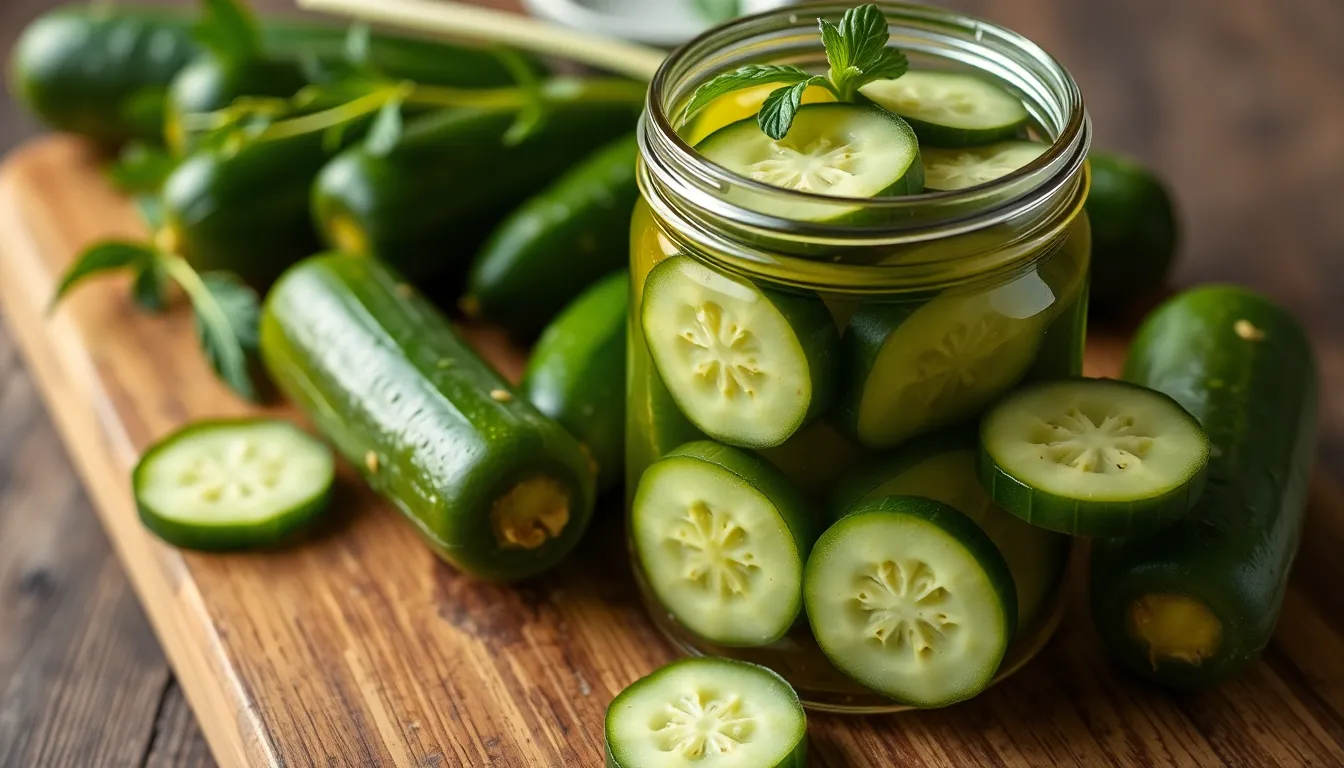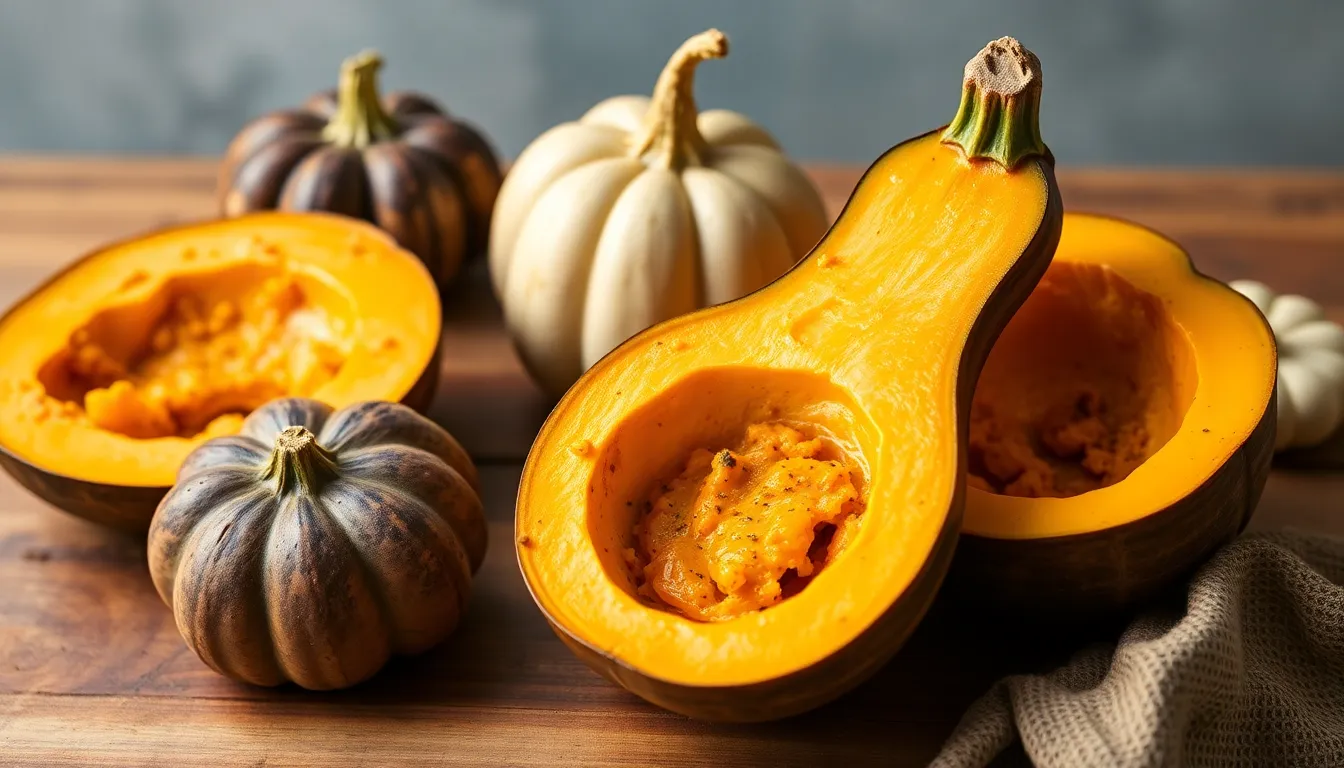table {
width: 100%;
border-collapse: collapse;
margin: 20px 0;
}
th, td {
border: 1px solid #ddd;
padding: 8px;
text-align: left;
}
th {
background-color: #f2f2f2;
}
h2, h3 {
color: #4CAF50;
}
How to Make Pickled Cucumbers: A Classic Favorite
Introduction
Pickled cucumbers, often referred to as pickles, are a beloved staple in many cuisines around the world. Their delightful crunch and tangy flavor make them a versatile addition to a wide array of dishes. Whether enjoyed as a side, a snack, or an ingredient in salads and sandwiches, they bring a refreshing zest that elevates any meal.
Making pickles at home is not only rewarding, but it also allows you to customize flavors to suit your preferences. By preserving cucumbers in a brine, you can create unique combinations that store well and provide a burst of flavor long after their fresh counterparts are gone.
Section 1: Ingredients Needed
To make delicious pickled cucumbers, you’ll need a few essential ingredients. Here’s a comprehensive list:
- Cucumbers: Choose the right type based on your preference.
- Vinegar: Different types available; some recommended ratios are below.
- Salt: Preferably kosher or pickling salt for better flavor.
- Sugar: Optional, for a sweeter brine.
- Spices: Common choices include dill, garlic, mustard seeds, and peppercorns.
Ingredients Comparison
| Cucumber Type | Texture | Flavor | Best Use |
|---|---|---|---|
| English Cucumber | Crisp | Mild | Salads |
| Persian Cucumber | Crunchy | Sweet | Picks |
| Kirby Cucumber | Firm | Bitter | Pickles |
| Slicing Cucumber | Soft | Watery | Sandwiches |
Section 2: Preparing the Cucumbers
Choosing the right cucumbers is crucial for making pickles. Here’s how to prepare them:
- Choosing the Right Cucumbers: Look for cucumbers that are firm, unblemished, and of a good size (typically 4-6 inches for pickles).
- Washing and Trimming: Rinse cucumbers under cold water to remove any dirt. Trim off the ends, as this can help maintain their crunch.
- Slicing vs. Whole Pickles: Decide if you want to slice your cucumbers into spears, disks, or keep them whole for a classic pickle.
Section 3: Making the Pickling Brine
The pickling brine adds flavor and acts as a preservative. Here are the key components:
- Vinegar: A common ratio is 1 part vinegar to 1 part water, but this can be adjusted based on taste.
- Salt: Essential for flavor; kosher salt or pickling salt is preferable.
- Sugar: Optional but can help balance the acidity.
- Spices: Experiment with different spices like dill, garlic, or chili flakes for a personalized touch.
Recipe for Basic Pickling Brine
Here’s a simple recipe to get you started:
- 1 cup vinegar (white or apple cider)
- 1 cup water
- 1 tablespoon kosher salt
- 1 tablespoon sugar (optional)
- Spices of your choice (e.g., 1 teaspoon dill seeds, 2 garlic cloves, 1 teaspoon mustard seeds)
Pickling Brine Variations
| Brine Type | Main Ingredients | Flavor Profile |
|---|---|---|
| Sweet Brine | White vinegar, water, sugar, spices | Sweet and tangy |
| Spicy Brine | Apple cider vinegar, water, chili flakes, garlic | Hot and tangy |
| Garlic-Infused Brine | White vinegar, water, fresh garlic, dill | Rich and aromatic |
Section 4: The Pickling Process
Now that you have your cucumbers and brine ready, it’s time to pickle! Follow these steps:
- Heating the Brine: Combine your brine ingredients in a saucepan and bring to a gentle boil.
- Packing Cucumbers in Jars: While the brine is heating, pack your cucumbers into clean, sterilized jars, leaving some space at the top.
- Pouring Brine Over Cucumbers: Once boiling, carefully pour the hot brine over the cucumbers, ensuring they are fully submerged.
- Sealing and Storing Jars: Seal the jars with lids and allow them to cool to room temperature before storing them in the refrigerator or a cool, dark place.
Tips for Achieving the Best Flavor and Crunch:
- Use fresh, in-season cucumbers for the best taste.
- Experiment with different spices and herbs to customize your flavors.
- Let the pickles sit for at least 24 hours to allow the flavors to meld.
Section 5: Storage and Shelf Life
Proper storage is key to enjoying your pickled cucumbers for months to come:
- Refrigeration: Quick pickles can be stored in the fridge for several weeks.
- Shelf-Stable Options: If canned properly, pickles can last up to a year on the shelf.
Here are some signs of spoilage to watch for:
- Unpleasant odor
- Discoloration or cloudiness in the brine
- Mold on the surface
Section 6: Enjoying Your Pickled Cucumbers
There are countless ways to enjoy your homemade pickles, including:
- As a refreshing side dish to burgers and grilled meats.
- Chopped up in salads for added crunch.
- Layered on sandwiches or wraps for an extra tang.
Creative Ways to Use Pickled Cucumbers:
- Add them to a cheese platter for a zesty contrast.
- Blend them into tartar sauce for seafood.
- Incorporate them into sushi rolls for a unique twist.
Conclusion
Homemade pickled cucumbers are not just a delicious treat, but a testament to the joy of preserving food. With a few simple ingredients and a bit of patience, you can create a variety of pickles that suit your taste. Whether you stick to the classic dill or venture into spicier territories, the possibilities are endless. We encourage you to experiment with your own variations and share your pickling experiences in the comments below!
Additional Resources
For more tips and methods on pickling, check out these related articles:
Recommended tools for pickling:
- Large saucepan for heating brine
- Glass jars with lids
- Canning funnel for easy pouring




